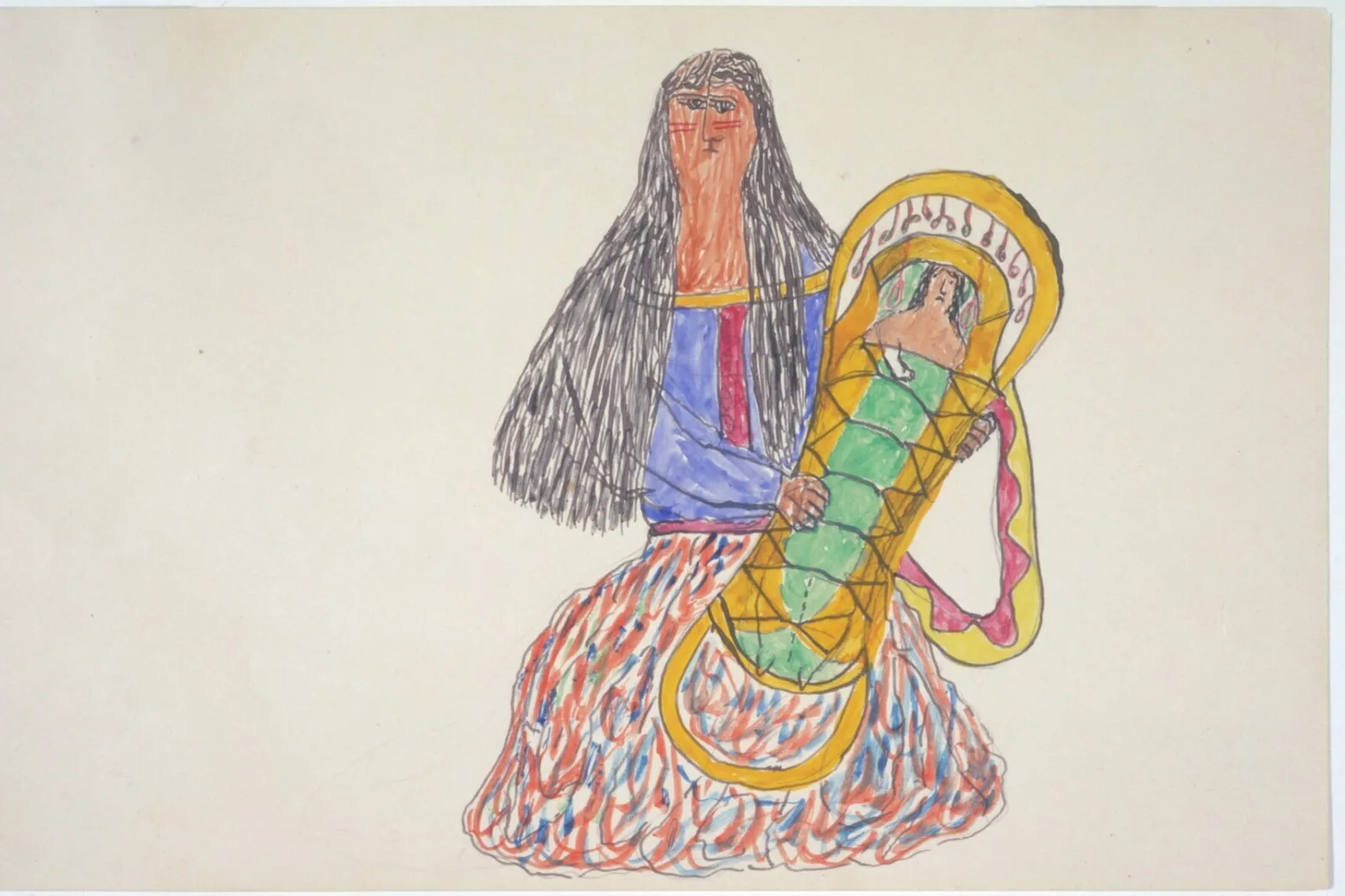We'll meet in the Newberry lobby and then make our way into the galleries for a closer look at Surviving the Long Wars: Residues and Rebellions.
About "Surviving the Long Wars: Residues and Rebellions"
The “Indian Wars” of the 18th and 19th centuries and the “Global War on Terror” of the 21st century are two of the longest military conflicts in US history. Although rarely considered in relation to one another, these “long wars” are endlessly intertwined through similar military strategy and the persistence of anti-colonial resistance. The residues of these entanglements are visible in the creative responses to these long wars by Indigenous, Black, and South Asian artists, some of whom are veterans.
Surviving the Long Wars: Residues and Rebellions highlights intimate connections across vast differences in time, geography, and medium to propose uncommon alliances that can serve as a foundation for solidarity.
Historic works from the Newberry's Edward E. Ayer Collection including the Black Horse Ledger (Cheyenne), Kiowa Indian ledger drawings, and ink and watercolor drawings by Frederick Gokliz (Apache) are paired with contemporary artworks to reclaim visible yet overlooked strategies of BIPOC (Black, Indigenous, and People of Color) survival and resistance. From ledger art and collage to beadwork and portraiture, the featured works record community history, redirect the colonial gaze, and recycle the technologies of US militarism to open up alternative ways of knowing, sensing, and living in the long wars.
Cost and Registration
This tour is free to attend. No advance registration required.
